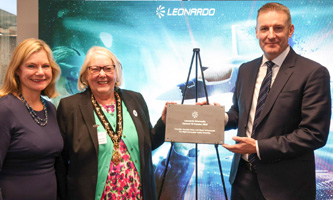Leonardo makes a significant contribution to the UK economy, as it has done since late the 19th century, through its various guises. Over this time, many companies have merged and been acquired, culminating in the establishment of Leonardo UK in January 2017. Scroll through our heritage by clicking on the red arrow (on desktop) or the dropdown arrow (on mobile).
Leonardo makes a significant contribution to the UK economy, as it has done since late the 19th century, through its various guises. Over this time, many companies have merged and been acquired, culminating in the establishment of Leonardo in the UK in January 2017.
At the age of 18, British electrical engineer, Sebastian Ziani de Ferranti, establishes his business – Ferranti Thompson and Ince – which develops Ferranti-Thompson Alternator. Ferranti becomes one of the few UK experts on alternating current power distribution.
The General Electric Company Ltd. (GEC) is formed as a private limited company, having been established earlier in the decade by Gustav Binswanger and Hugo Hirst to work on the development of lighting systems. Later, the company would move into wider telephones and wireless businesses.
The Petter brothers, Percy and Ernest, take control of the family's ironmongery and foundry business in Yeovil called James B Petter & Sons Ltd., which was best known for making oil engines. This heralded the beginning of our association with Yeovil.
Guglielmo Marconi's "Wireless Telegraph and Signal Company" is formed, after being granted a British patent for the wireless. The company opens the world's first radio factory in Chelmsford in 1898, marking the start of our long-standing presence in Essex.
International Wireless Telegraph and Telephone Company intercepts and jams Marconi wireless signals at the America’s Cup sailing races to prevent news being passed to the newspaper that had contracted Marconi to provide up-to-the-minute information. This is considered by many historians as the starting point of what becomes known as “EW”.
Marconi opens a new wireless factory at New Street, Chelmsford, in time for the International Radiotelegraphic Conference, which adopted international maritime radio communication standards. Opened as Marconi’s flagship site, it remained so throughout the century. This same year, a Marconi Transmitter was used to send the distress signals from the Titanic saving many lives.
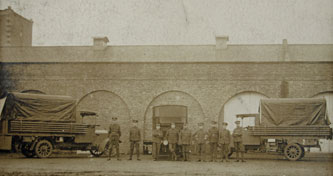
Following the outbreak of the First World War, Marconi radio DF systems are deployed by the Royal Navy on the East coast of Britain in the “Y-stations”, used to track German Zeppelins and other airships, as well as naval vessels. This is often considered as the point in time when EW was first used in support of Air Operations.
Marconi research engineer HJ Round, who had made hugely important contributions to the development of vacuum tubes and helped discover the light-emitting diode (LED), uses his experience to set up a chain of direction-finding stations along the Western Front. In 1916, stations monitoring the German Navy reported a change in the direction of the signals, prompting the British Admiralty to order the British fleet to set sail. The Battle of Jutland, the largest sea battle of all time, occurred the next day. HJ Round was awarded the Military Cross for his service.
The Westland Aircraft Works is founded as a division of Petters, in response to government orders for the construction under initial licence of 12 Short Type 184 seaplanes, followed by 20 Short Admiralty Type 166. The planes are produced in Yeovil and moved by horse drawn cart and rail to Hamble-le-Rice by Solent for final assembly and test
Petters Ltd. signs off an apprenticeship certificate for Arthur Swain, presented on the completion of his training course as a fitter at our Yeovil site. Apprentices have been made an essential contribution to our business since our inception and remain a hugely important part of Leonardo today.
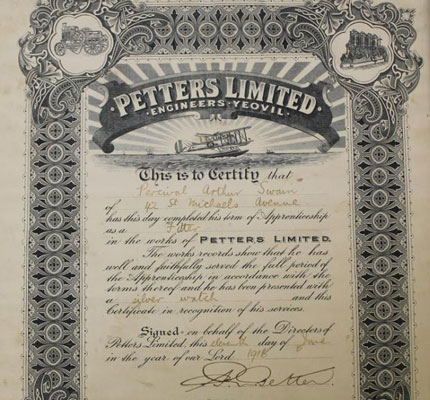
Construction of a new factory begins on the land to the west of Yeovil, where Leonardo is located today. By the end of the Great War, around 1,100 aircraft, including seaplanes and bombers, were built.
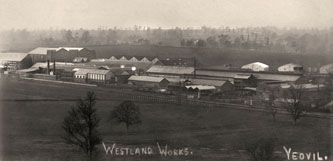
Two Zeppelins airships are tracked by “Y Stations”, then intercepted and shot down by fighter aircraft off the East coast, thanks to Marconi’s radio DF systems.
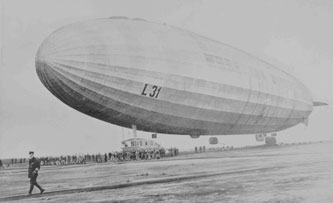
The Plessey Company is founded in London, focussing on mechanical engineering. The company manufactures early radios for Marconi, and would go on to diversify into electronics, defence and communications throughout the coming decades. In 2005, the bulk of Plessey's telecommunications assets were acquired by Ericsson through its acquisition of Marconi Corporation plc.
An improved version of the DH.9, the detailed design and production of the DH.9A was carried out by Westland Aircraft. Used as a light bomber during the First World War, around 2,000 aircraft were built.
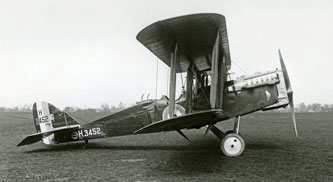
Following the end of WW1, there is an acceleration in the production of fixed wing aircraft, with Westland being a major supplier to the Royal Air Force, while Marconi continues to establish its reputation for radar development. These and other defence technologies are crucial to Britain's war effort.
Westland built 25 units of this heavy bomber for the RAF, mostly used for post First World War long distance flights, such as the first non-stop crossing of the Atlantic Ocean, performed by John Alcock and Arthur Brown in June of that year. Its wingspan was so vast that a larger hangar had to be built to accommodate it in Yeovil.
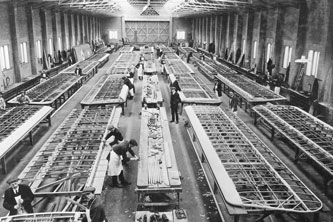
GEC sets up Hirst Research Centre at Wembley. Initially focussing on wireless propagation and wireless HF/DF (High Frequency Direction Finding), later developments at Hirst Research Centre included Liquid Crystal Display technology and Gallium Arsenide semi-conductors.
The Westland Wapiti takes to the skies for the first time, replacing the DH9A. A total of 558 Waipitis were eventually built, with the aircraft seeing considerable active service with the RAF on the North-West Frontier of India.
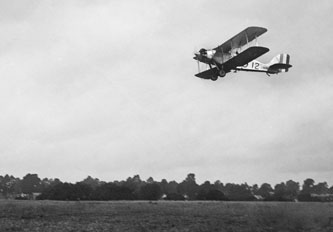
A Westland Wallace, built in Yeovil, becomes the first aircraft to fly over Everest, as part of the Houston-Mount Everest Flight Expedition. Pictures taken during the expedition help Edmund Hillary and Tenzing Norgay to reach the summit, and a film of the event wins an Oscar at the 8th Academy Awards.
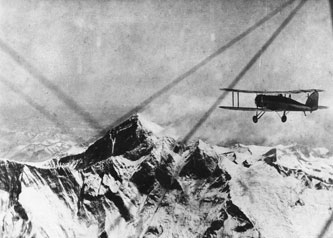
British experiments by Robert Watson Watt on early “radar” techniques lead to development of the first of the Chain Home RDF systems (Radio Direction Finding - later called RADAR), using Marconi and GEC as part of the supply chain.
The Lysander became instrumental in the Second World War, where they were put into action as spotters and light bombers following the German invasion of France. In 1941, the Lysander was used by squadron No. 138, formed to undertake missions to maintain clandestine contact with the French Resistance. The Lysander now lends its name to the main road alongside our Yeovil site.
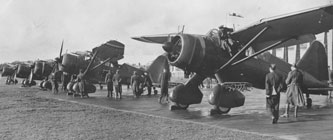
Marconi establish the Marconi Research Centre at Great Baddow. The site, near Chelmsford, conducted similar work to that of Hirst Research Centre, but with more focus on radios and ground-based radar. The site is home to the last remaining complete Chain Home tower.
Situated near Yeovil, the air station is today one of two active Fleet Air Arm bases alongside RNAS Culdrose. It is home to the Royal Navy and Army AW159 Wildcat helicopters, as well as the Commando Helicopter Force Merlins and Wildcats.
At Birmingham University, Dr Randall and Dr Boot construct the first resonant cavity magnetron. This device could generate much more power at a centimetric wavelength than had previously been possible, and was one of the most important electronic contributions to the war effort. Development and production was entrusted to Marconi Laboratories, who began work at Great Baddow before a new site was built in Chelmsford to increase capacity for production of cavity magnetrons up to several hundred per month.
The basis of much research into telecommunications, the TRE is formed. Innovations out of the TRE included the jammers used in the 'Battle of the Beams', and Window, an early form of Chaff developed in 1942 which wasn't deployed by the British until 1943 due to mounting losses in the bomber force.
Following the outbreak of the Second World War, Britain begins jamming and spoofing radio navigation aids designed to direct Luftwaffe bombing missions, in what many people consider to be the start of modern EW. GEC and Marconi would work with national research and development teams on radars and radio countermeasures.
During the war, Marconi’s output continues to increase with the demand for a wide variety of equipment. The company received an order to install technology to a fleet of motor coaches, to be used as mobile transmitting and receiving stations. The project was delivered in eleven days, and the ‘trains’ were shipped to France, at one point becoming the only means of communication between British forces and London. Marconi also manufactured thousands of units of airborne transmitters and receivers, such as the ‘Gee’, which was installed in all the aircraft of Bomber Command.
Westland begins building Supermarine Spitfires on a massive scale for the war effort, after the Supermarine factory in Southampton was bombed during the Battle of Britain. Westland would go on to produce nearly 2200 Spitfires and Seafires. Westland was one of the major contributors to the Seafire, the naval version of the Spitfire.
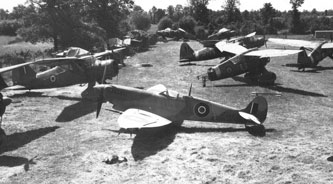
In addition to the more conventional radio equipment, Marconi are assigned many special assignments. These include the ‘Cloak and Dagger’ portable equipment used by British Intelligence agents behind enemy lines, and radios for Chindits in the Burma campaign.
Ferranti builds a new factory at Crewe Toll, Edinburgh, to manufacture gyro gunsights for the Spitfire, which establishes the leading avionics site that it still is. After the war, Ferranti Research is established, which grows to employ 8,000 staff, becoming the birthplace of the Scottish electronics industry. From its inception, to first production, it took only 18 weeks to build Crewe Toll. It remains the home of Leonardo’s radar and advanced targeting systems to this day.
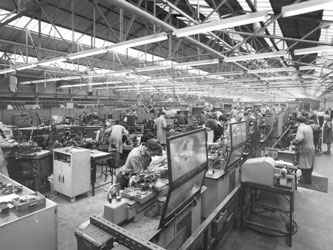
The Royal Air Force No.100 (Special Duty) Group is formed to provide Bomber Command with electronic payloads such as AIRBORNE CIGAR radio jamming equipment, and a whole family of jammers produced by TRE, including Jostle, Piperack, Mandrel and Carpet. These systems were the start of countermeasure technology as we know it.
In the aftermath of the Second World War, helicopter production in the UK begins to take off, with Leonardo's forerunner, Westland, being a major player in the design of new rotary wing aircraft. Electronic Warfare capability gathers pace, with close collaboration with the Armed Forces, a relationship that continues to this day.
The RAF’s electronic warfare expertise is retained at RAF Watton in the newly formed Central Signals Establishment. By 1955, radio countermeasures, as they had been referred to, gave way to electronic countermeasures (ECM), a full suite of which were fitted to a V-bomber in 1957
Following the end of the Second World War, with the British communications industry facing strong competition from America, the whole share capital of Marconi’s Wireless Telegraph Company Ltd. is purchased by English Electric. Formed in 1918, English Electric was an amalgamation of four engineering firms, all pioneers of the industry.
Originally designed to be a wartime airfield lasting about ten years, the air station is now one of the largest helicopter bases in Europe, serving the the Fleet Air Arm’s front line AW101 Merlin squadrons.
Work on helicopters begins for the first time at Westland, re-developing and improving the Sikorsky S-51 design to produce the WS-51 Dragonfly for the Royal Navy, Royal Air Force and civil operators.
GEC set up new Airborne Radio Frequency development laboratories at Stanmore for the UK Ministry of Supply as an offshoot of the Hirst Research Centre. R&D projects initially included Airborne Radars (originally for Javelin and the Sea Vixen fighters) and Radars for Missile Systems. Shortly after this, the GEC Stanmore site also developed various secret EW systems for 'V-bombers' and later RAF aircraft, becoming the UK’s leading supplier of Airborne Electronic Warfare systems. Stanmore remained our home of EW and sensors in the heart of the UK until 2004 when it moved to Luton, where our site stands today.
A British license-built version of the Sikorsky S-55, the Whirlwind served with the Royal Navy’s Fleet Air Arm and the Royal Air Force in anti-submarine and search and rescue roles. More than 400 Whirlwinds were built for UK and export customers.
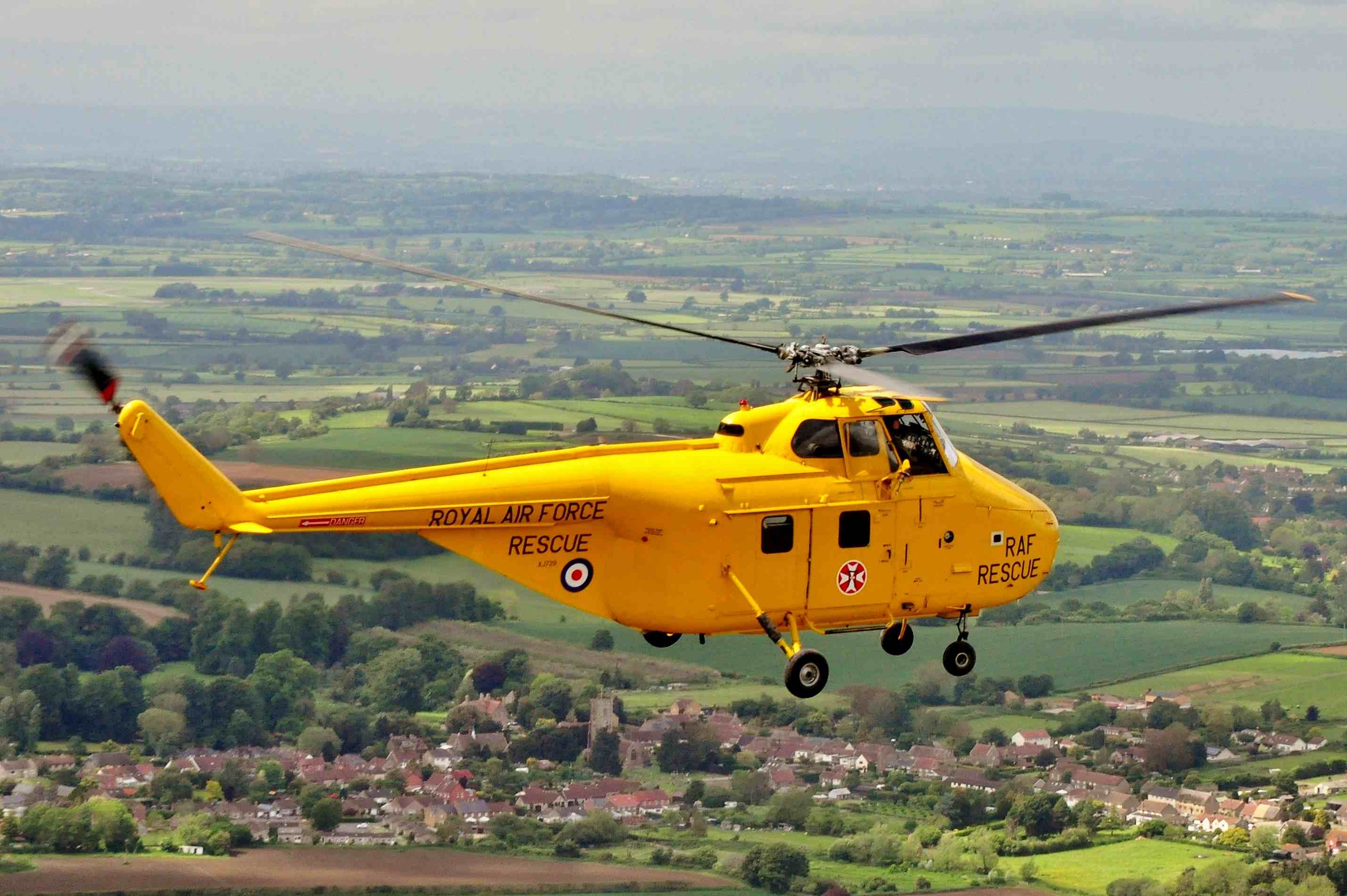
Production of infrared detectors begins at Mullard’s newly opened, purpose-built factory at Milbrook, Southampton, which is where our south coast site stands today. The site became part of AMS in 1962.
A jet-powered, delta wing, high-altitude strategic bomber, the Vulcan was considered the most technically advanced of three 'V-bombers' produced at this time. Its avionics included Marconi radio systems and EW equipment.
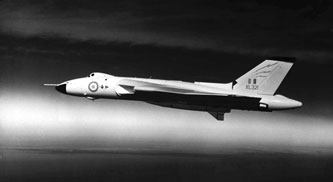
The first radar to be built at Crewe Toll, Ferranti’s AI23 Airpass, is introduced.
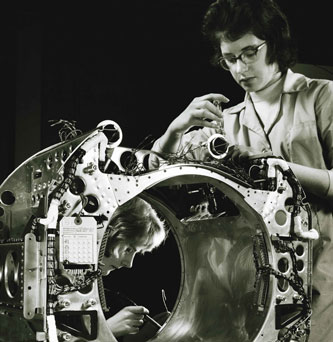
The Westland Wessex flies for the first time, developed and produced at Yeovil. Initially produced for the Royal Navy, and later for the RAF, it entered service in 1961 and had a service life of over 40 years in the UK.
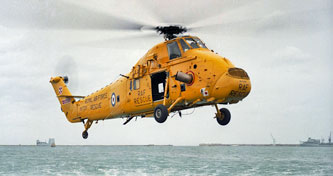
Britain’s only tandem rotor aircraft to enter production, the Bristol Type 192 Belvedere, takes its maiden flight. The aircraft was originally designed by the Bristol Aeroplane Co, but their helicopter interests were sold to Westland Aircraft in 1960. The Belvedere was operated by the RAF from 1961 to 1969.
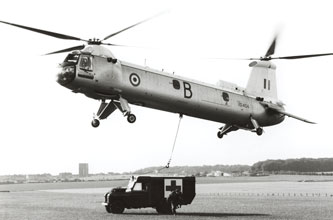
Having built over 6,000 fixed-wing aircraft in Yeovil from 1915-1955, Westland Aircraft acquires Fairey Aviation, Saunders Roe and the helicopter division of Bristol Aircraft, as part of the consolidation of the UK’s aerospace industry.
Ferranti introduces the Blue Parrot airborne radar system. Developed at the Crewe Toll site in Edinburgh, this radar system was fitted to the Buccaneer attack aircraft and was built to detect Russian heavy cruisers.
Italian company Agusta and Westland begin to collaborate, with the building of more than 250 Agusta-Bell 47G Sioux helicopters under licence primarily for the UK Army and Air Force.
By 1965, Marconi Company had built a site at Basildon, which is where Leonardo’s site stands today.
Westland and Sud Aviation (later Aerospatiale) sign the Anglo-French Agreement covering the development and production of the Gazelle, Puma and Lynx helicopters. Westland lead on the design and manufacture of the Lynx as well as building the Gazelle and Puma for the UK armed forces.
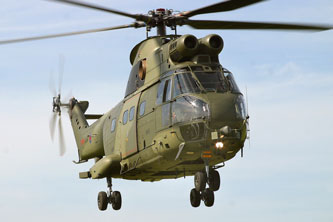
The Nimrod upgrades would include acoustic processors from GEC-Marconi.
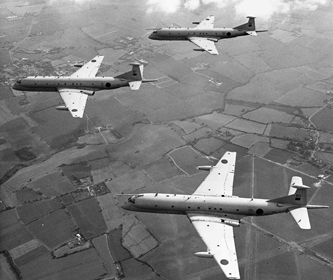
GEC acquires the electronics parts of English Electric continuing the process of consolidating the UK’s electronics industry. The Marconi name is applied to all defence activities of the new company.
Primarily designed for performing anti-submarine warfare missions, the helicopter was a version of the Sikorsky S-61 built under license at Yeovil. The aircraft saw service with the UK MoD and eight international operators, with 330 being built. Having stood the test of time, the Sea King bridged the gap with the latest-generation AW101 but continues in service more than 50 years on.
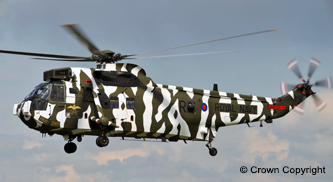
This company would undergo a series of name changes in the coming decades, before becoming Selex Communications Ltd. in 2005
The helicopter would go into operational usage in 1977, with over 400 units being produced since then. After four decades of services, the Lynx was retired in the UK, first by the Royal Navy in 2017 and then by the British Army in 2018.
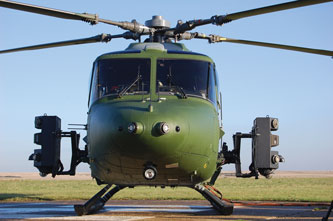
Including:
– The Tornado Nose Radar
– The Inertial Navigation and Attack System (INAS), which would be used by the Harrier and Phantom.
– The Position and Azimuth Determining System (PADS), an inertial navigation system which could be mounted in a vehicle and was used by the British Army.
– The Laser Ranger and Target Marker System (LRTMS)
Designed specifically for the Westland Lynx to counter the fast attack boat threat, the contract had been awarded to Ferranti Radar Systems four years previously. It specified a lightweight, compact, high-performance, all-weather maritime radar that could detect and track small, fast-moving, targets at significant distances and provide illumination and guidance support for the 'Sea Skua' air-to-surface missile.
The tri-national Tornado fighter-bomber takes flight for the first time. The UK, West Germany and Italy agreed to divide production of the aircraft, with Aeritalia, a subsidiary of Finmeccanica, responsible for manufacturing on behalf of Italy. Marconi and Ferranti were key suppliers of the avionics.
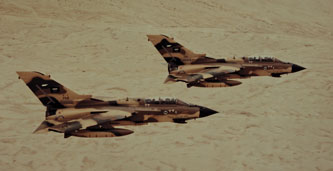
The Marconi Heli-Tele gyro-stablised ball turret aerial television camera becomes the first high stability platform for ultra long range covert surveillance, and could be attached to a special bracket on the side of a helicopter.
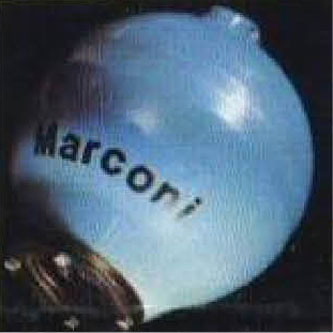
Developed by Marconi Space and Defence Systems at Stanmore as the RAF Tornado’s self-protection jammer, Skyshadow provided the Tornado with the means to delay and deny radar acquisition and radar lock. In parallel, the Radar Homing and Warning Receiver (RHWR) was in development for the Tornado. They were the UK’s first digital programmable EW systems.
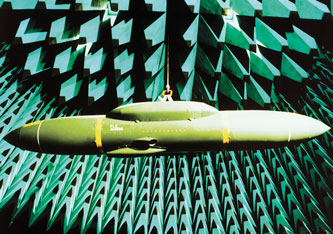
Ferranti develop a number of products, including the TADS Laser, the CO2 Laser, the Ariane INS, the Laser Gyroscope and the Blue Fox radar for the Sea Harrier. Marconi and Ferranti jointly develop the Foxhunter AI24 airborne radar, known as Tornado F3 when fitted to the Tornado ADV in RAF service, which could give the Tornado an all-weather, day and night, beyond-visual-range engagement capability.
Marconi develop their Thermal Imaging Common Modules (TICM) at Basildon. They were the UK’s first military standard production thermal imager.
Immediately after the outbreak of the Falklands war, it became apparent that there was an urgent operational requirement for the Harrier and Sea Harrier (GR Mk3) aircraft. The MoD determined the need for a self-protection jammer, and Marconi Space and Defence Systems was briefed. Just 16 days later, the systems, which had become known as BLUE ERIC, were delivered to the MoD for dispatch to the South Atlantic.
At the same time, the Blue Fox radar is rushed into service by Ferranti for the Falklands conflict, with a Ferranti trials engineer accompanying the task force. He was later awarded the OBE, and the radar proved indispensable for maintaining air superiority.
A specially modified Lynx sets the Fédération Aéronautique Internationale's official airspeed record for helicopters at 400.87 km/h, above the Somerset Levels. This world speed record for helicopters still stands today.
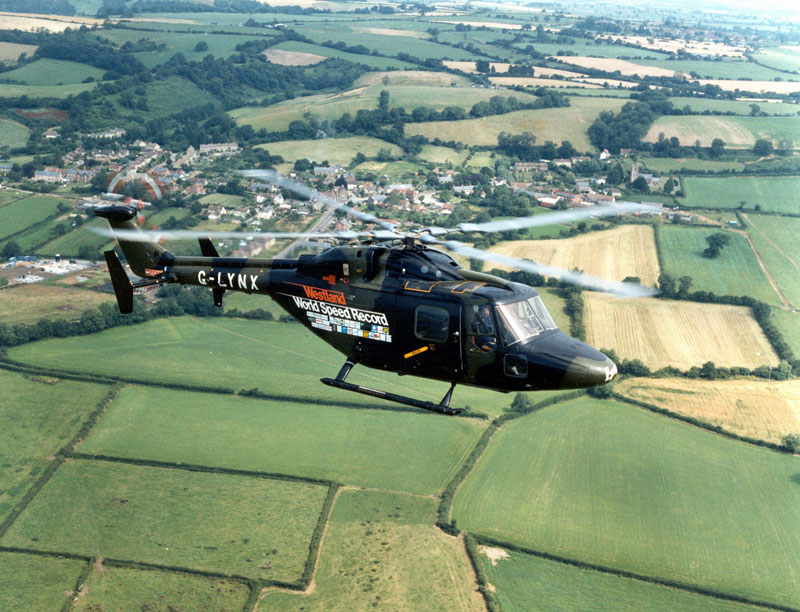
The GEC-Marconi Phoenix takes flight for the first time. Designed for all weather, real-time surveillance, the Phoenix was the world’s first unmanned Air Vehicle for military battlefield Surveillance and target acquisition.
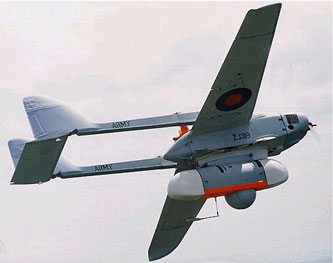
The Blue Vixen airborne radar, produced by Ferranti, enters service. This radar would replace the Blue Fox as the primary radar of later models of the Sea Harrier, such as the Sea Harrier FA. 2, and introduced a highly effective 'look-down, shoot-down' air superiority capability in conjunction with the AMRAAM missile.
Building upon our involvement with the Tornado aircraft, the company becomes a key partner on the Eurofighter Typhoon fighter aircraft programme, with responsibility for electronics and radar capability. At the end of the century, following the merger between Westland Helicopters and Agusta, the AW101 Merlin is introduced, which will go on to replace the iconic Sea King helicopter.
The TIALD (Thermal Imaging Airborne Laser Designator) is rushed into service in just 46 days under an Urgent Operational Requirement. Developed by a Ferranti-led consortium including GEC-Marconi, the targeting pod allowed RAF pilots of Tornado GR1s to fly night and day missions throughout the Gulf War.
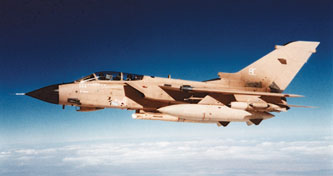
GEC acquires Ferranti and merges it with Marconi companies to create the leading radar, electronic warfare and electro-optic business in the UK. It remains at the heart of the Leonardo electronics business.
GEC-Marconi’s AD5200 Terrestrial Flight Telephone System (TFTS) is released. The cell-selection algorithm, developed in Basildon, provides seamless coverage between ground stations and was the basis for later GSM (mobile phone operation).
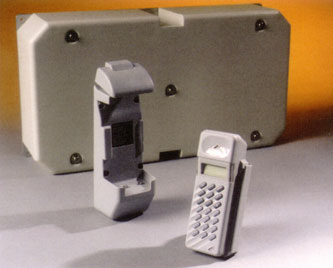
In the build up to the Operation Desert Storm phase of the Gulf War, the MoD release funding for Marconi Defence Systems to rapidly develop, under an Urgent Operational Requirement, a new version of Sky Guardian RWR. It went into production in just two months, and was fitted to Army Air Corps Lynx helicopters, and RAF Jaguars, VC10s, Chinooks, Pumas and the Buccaneer. Towed Radar Decoys deployed by Nimrod aircraft were followed by operational use on Tornados from 1995.
Eurofighter Typhoon, the new-generation fighter aircraft, embarks on its maiden flight. As with the Tornado, the Typhoon was the result of a multinational collaboration, with Germany, Italy and the UK teaming up again alongside Spain. Development of the Typhoon radar took place at Leonardo’s current Edinburgh site, while the EW was developed at Stanmore. Leonardo remains the industry consortium lead for the Typhoon EW and radar capability, including CAPTOR-E radar and the E-scan variants.
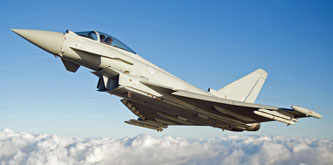
The SEA OWL passive identification device is developed by GEC-Marconi Sensors for the Royal Navy’s Lynx Mk8 helicopter fleet. It had a long range, stand-off, 24 hour thermal imaging capability.
Westland is selected to build the AH-64D Apache Longbow attack helicopter under licence from Boeing.
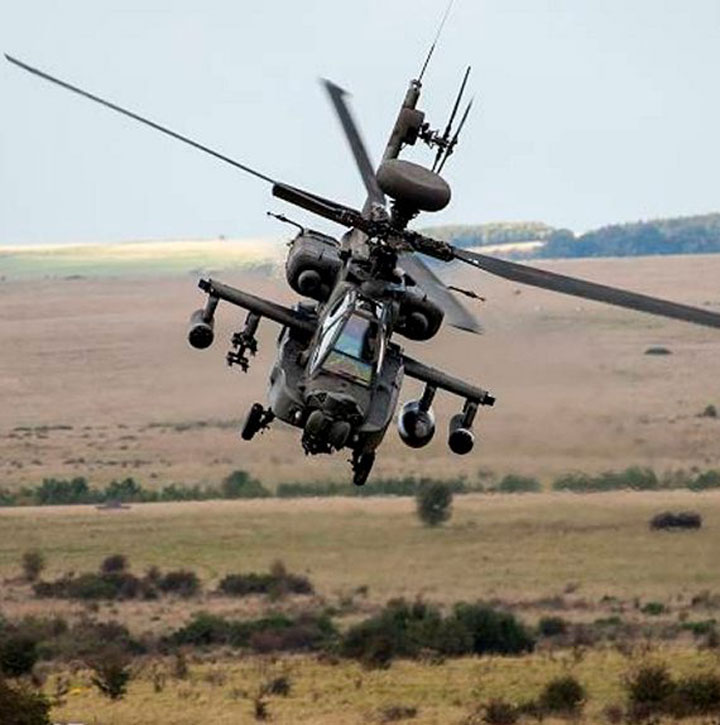
The GEC Sensors ATLANTIC F-16 Pod becomes the first effect Thermal Cueing System in the world to reduce workload for runner of the Nightbird NAVFLIR System fitted to Harriers.
GEC-Marconi is awarded the contract for Helicopter Integrated Defensive Aids System (HIDAS), the world’s most sophisticated integrated self-protection suite for helicopters.
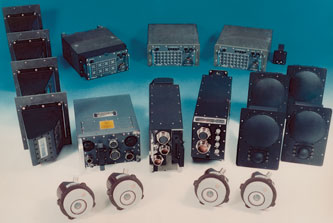
Alenia Marconi Systems (AMS) is founded as a result of a merger between GEC-Marconi Radar and avionics business Alenia Difesa, a Finmeccanica company.
Having been developed as a joint venture between Westland Helicopters and Agusta, the AW101 would replace several older helicopters such as the Sea King, which had been built under license in the UK by Westland Helicopters. Its first operational deployment was to the Balkans in 2003 and in 2004 was deployed to Iraq to support coalition forces.
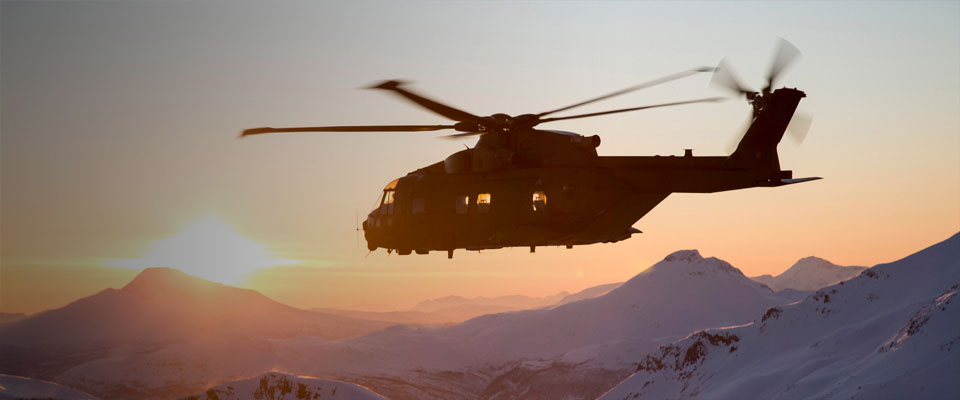
British Aerospace acquires GEC’s defence businesses, including Marconi Electronics Systems. The new company was renamed BAE Systems and started a programme of rebuilding the main Avionics sites at Edinburgh & Basildon.
The new millennium sees a period of consolidation across various companies, including the formation of AgustaWestland (now Leonardo Helicopters), as well as the opening of new sites in Luton, Lincoln and Southampton. The company's thermal imaging technology is also used outside the defence arena, being a critical part of cricket's Hot Spot technology and helping capture rare wildlife footage for several BBC series.
Westland Helicopters merges with Agusta to form AgustaWestland, a leading global player in the helicopter sector.
MBDA is formed as a joint venture between Finmeccanica, BAE Systems and EADS (now Airbus) for missile systems.
BAE Systems moves the Stanmore and Milton Keynes business to a new site at Luton, creating a Centre of Excellence with specific expertise in Airborne Integrated Defence Aids Systems, ISTAR, and Operational Support. Today, Leonardo employs around 1,000 people at the Luton site who are involved in the design and development of the company’s electronic warfare capability.
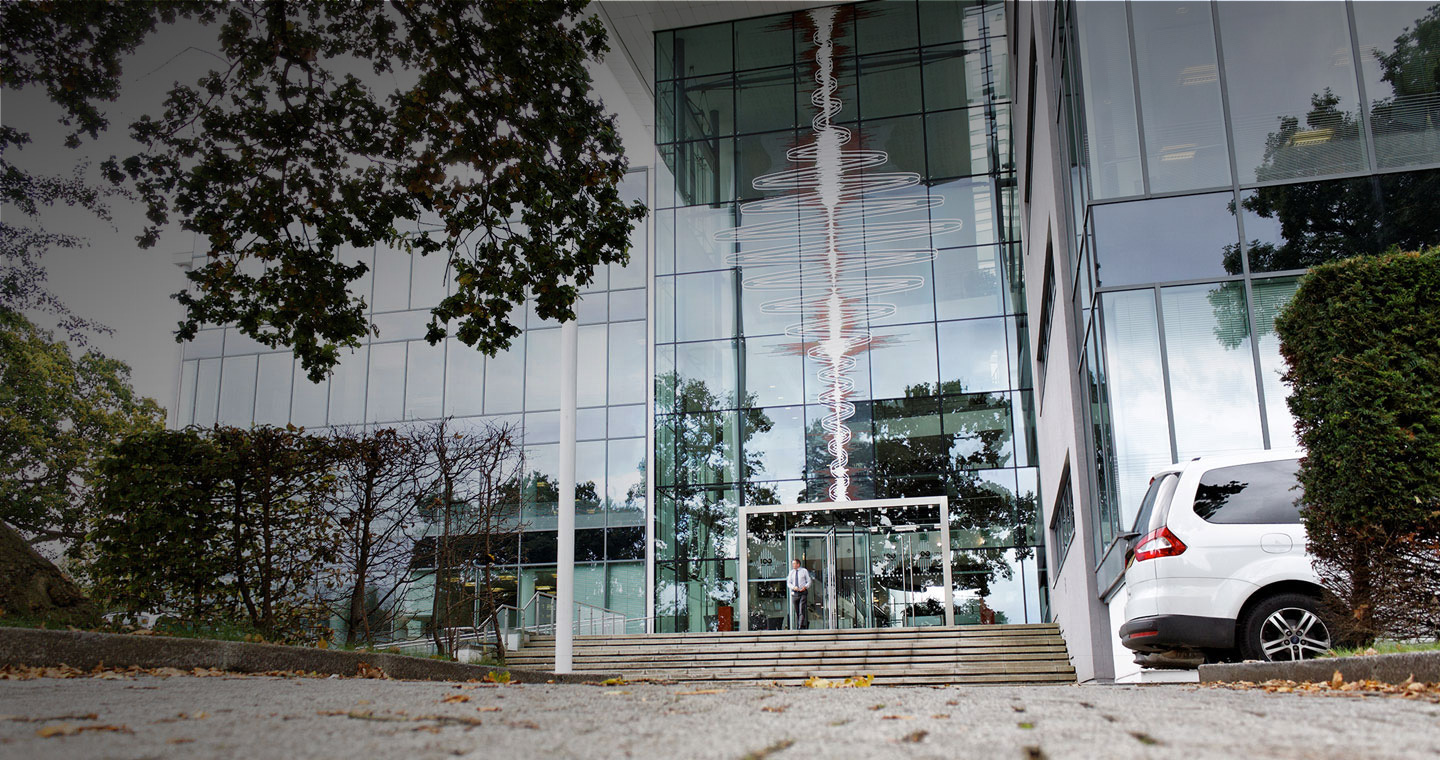
Finmeccanica becomes sole owner of AgustaWestland, following acquisition of the 50% share owned by the British GKN Group.

The Eurofighter’s Defensive Aids Sub System (DASS) is introduced to service, providing the Royal Air Force Typhoon with integrated situational awareness and enhanced platform protection against the full range of air-to-air and surface-to-air threats. Produced by the EuroDASS consortium, led by a team at our Luton site, the DASS was named Praetorian in 2008 to recall the elite troops that protected the Roman emperor.
Finmeccanica acquires BAE Systems’ assets in avionics, communications and air traffic control. Following these acquisitions, the UK becomes Finmeccanica’s second largest domestic market. The UK operations of Alenia Marconi Systems becomes SELEX Systems Integration, while SELEX Communications is founded to work on military communications. The largest part of the UK assets becomes Selex Sensors and Airborne Systems (SELEX SAS).
Hot Spot technology is used in a cricket match for the first time, as part of the Ashes Test Series in Australia. The technology is designed to enable reviews of dubious decision on screen by using an infra-red imaging system to determine whether the ball has struck the batsman, bat or pad. Trials continued in the following years, before a new generation of Hot Spot, underpinned by the SLX Hawk thermal imaging camera, was unveiled in 2012.
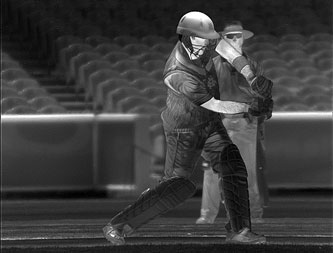
Our Lincoln site is established in order to offer a dedicated facility to provide Electronic Warfare Operational Support to our customers, particularly RAF Waddington and RAF Coningsby.
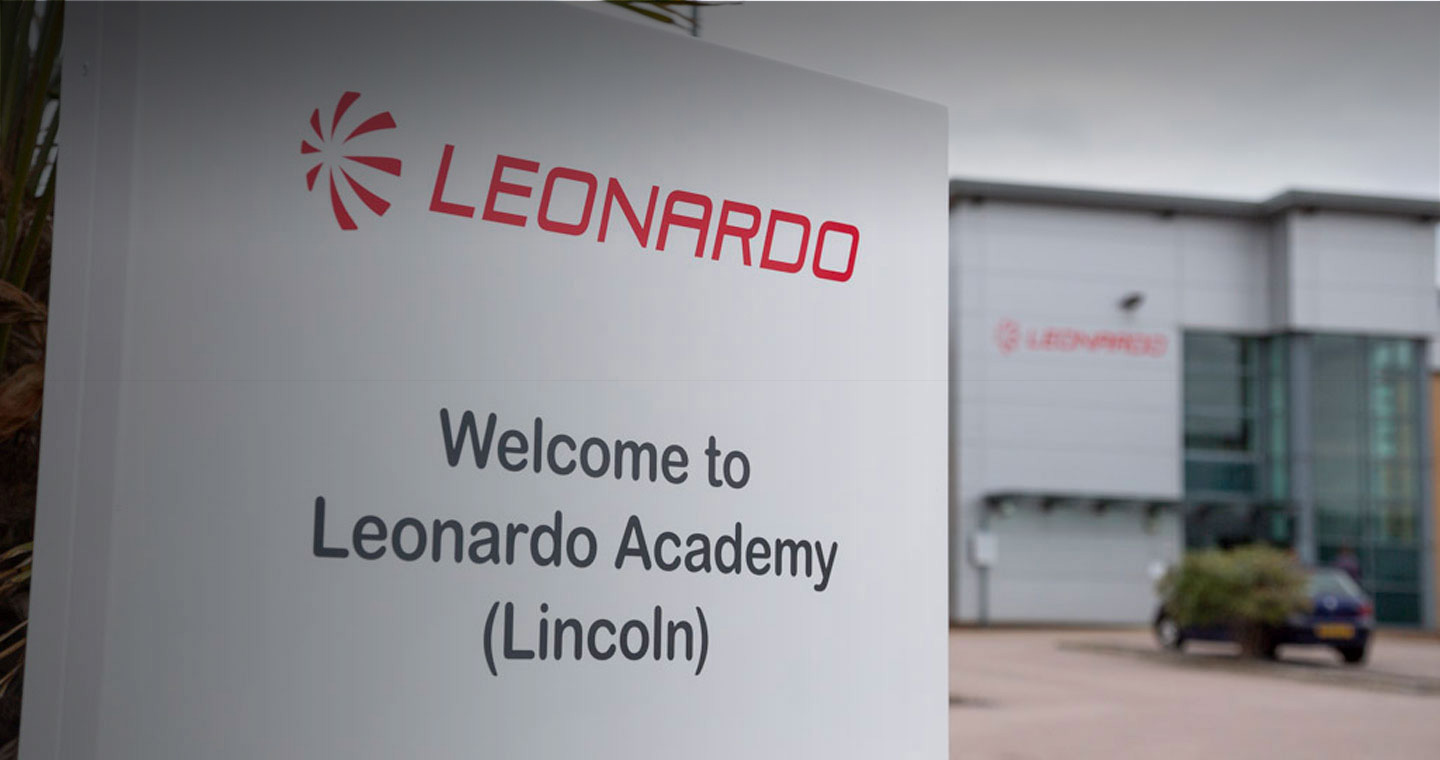
The AW159 Wildcat embarks on its maiden flight in Somerset. Developed and built by AgustaWestland in Yeovil, the helicopter is the natural successor to the Lynx. Formally introduced into service in 2014, the AW159 now operates around the world and in the UK, where it flies for the British Army and Royal Navy as the Wildcat.
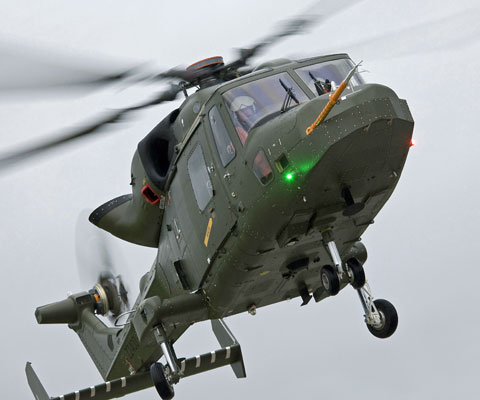
SELEX Systems Integration creates VEGA Consulting Services and begins cyber activities in Bristol, on the site of Leonardo's current Cyber and Security team headquarters, having bought space and cyber consulting company VEGA Group PLC in 2009. Its UK Space business merges with Telespazio UK to create Telespazio VEGA UK.
Finmeccanica UK wins the Cyber security contract awarded to develop, implement and support the NATO Computer Incident Response Capability (NCIRC). Subsequent contract updates extend support until 2022.
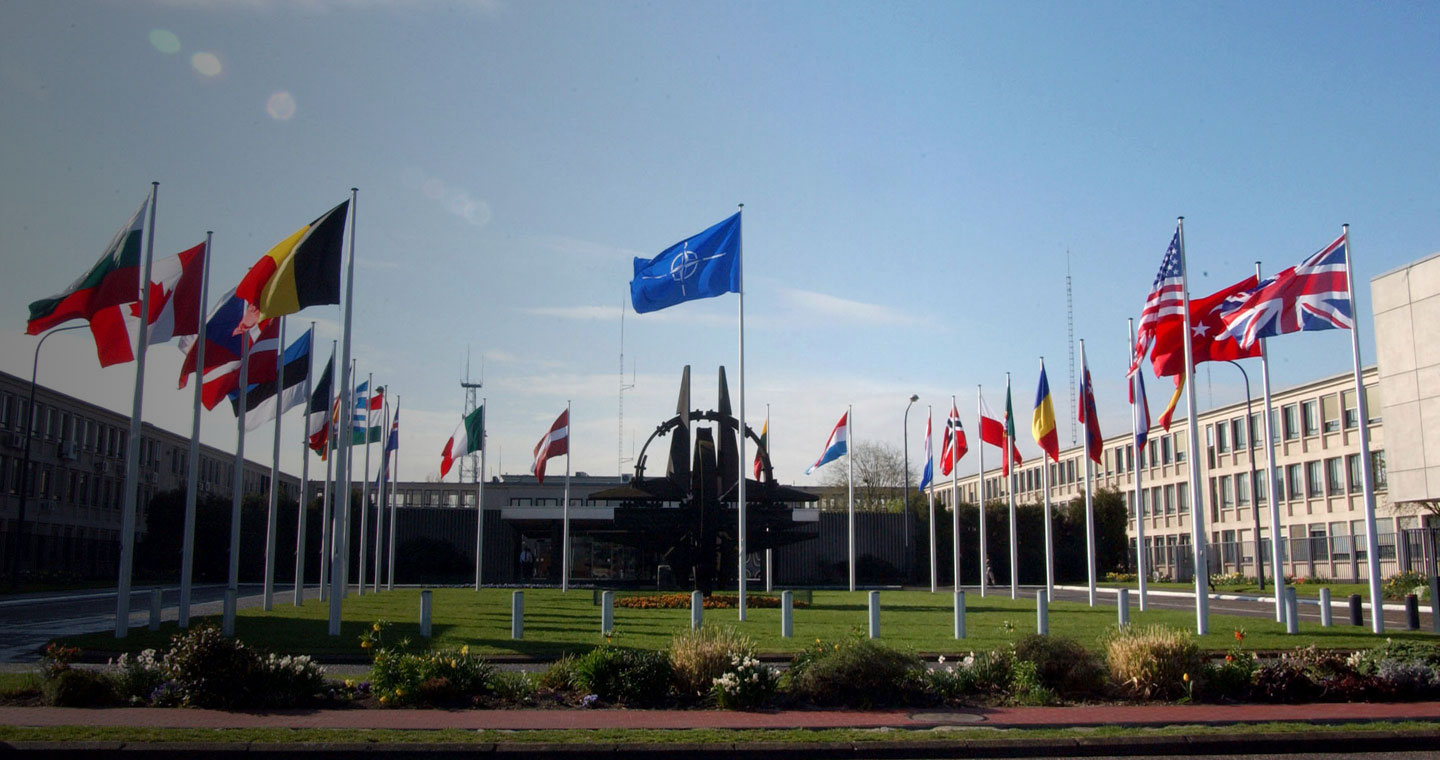
Eon Productions make a phone call to our Helicopter site in Yeovil. The result is that our AW101 helicopter would steal the show during the climax of Skyfall, the highest-grossing James Bond film of the series.
Soon after, Danny Boyle enquires about helicopters for another 007 appearance. At the opening ceremony for the London 2012 Olympic Games, a Union Jack-emblazoned AW139 is seen delivering ‘Her Majesty and Commander Bond’ into the Royal Box via parachute by a worldwide audience of 900 million people.
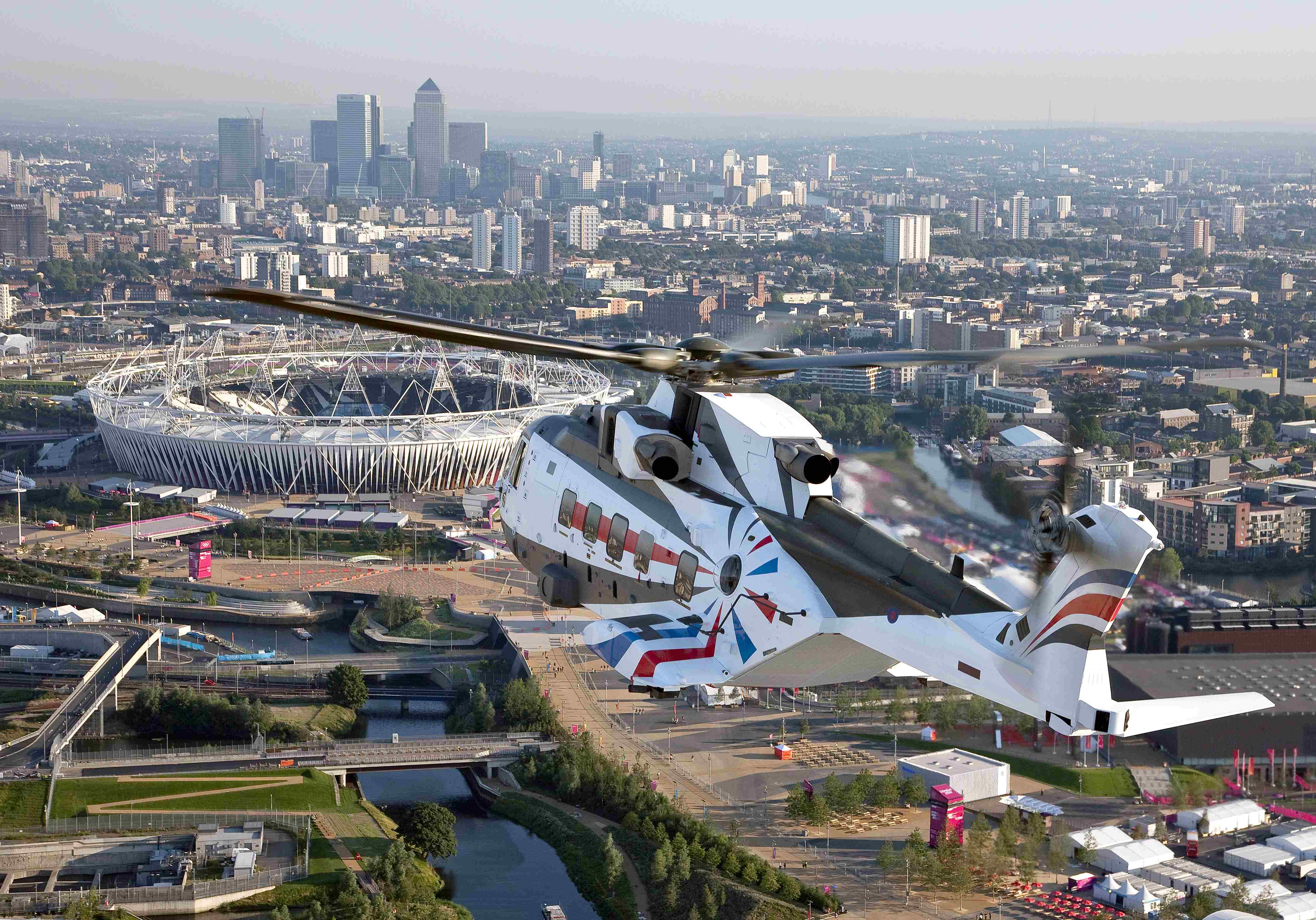
Selex ES founded as a global electronic defence operator, combining all Italian and British “Selex” entities into a single company responsible for the group's Defence and Security Electronics. This move creates a worldwide leader with domestic markets in both Italy and the UK, as well as a strong international presence.
The BriteCloud Expendable Active Decoy is tested for the first time, using Tornado aircraft. Developed by Selex ES, BriteCloud is one of the most significant airborne countermeasure developments since the introduction of chaff, and can be adapted to fit most flare dispensers. It is designed to disrupt incoming missiles’ RF tracking systems and produce a large ‘miss distance’.
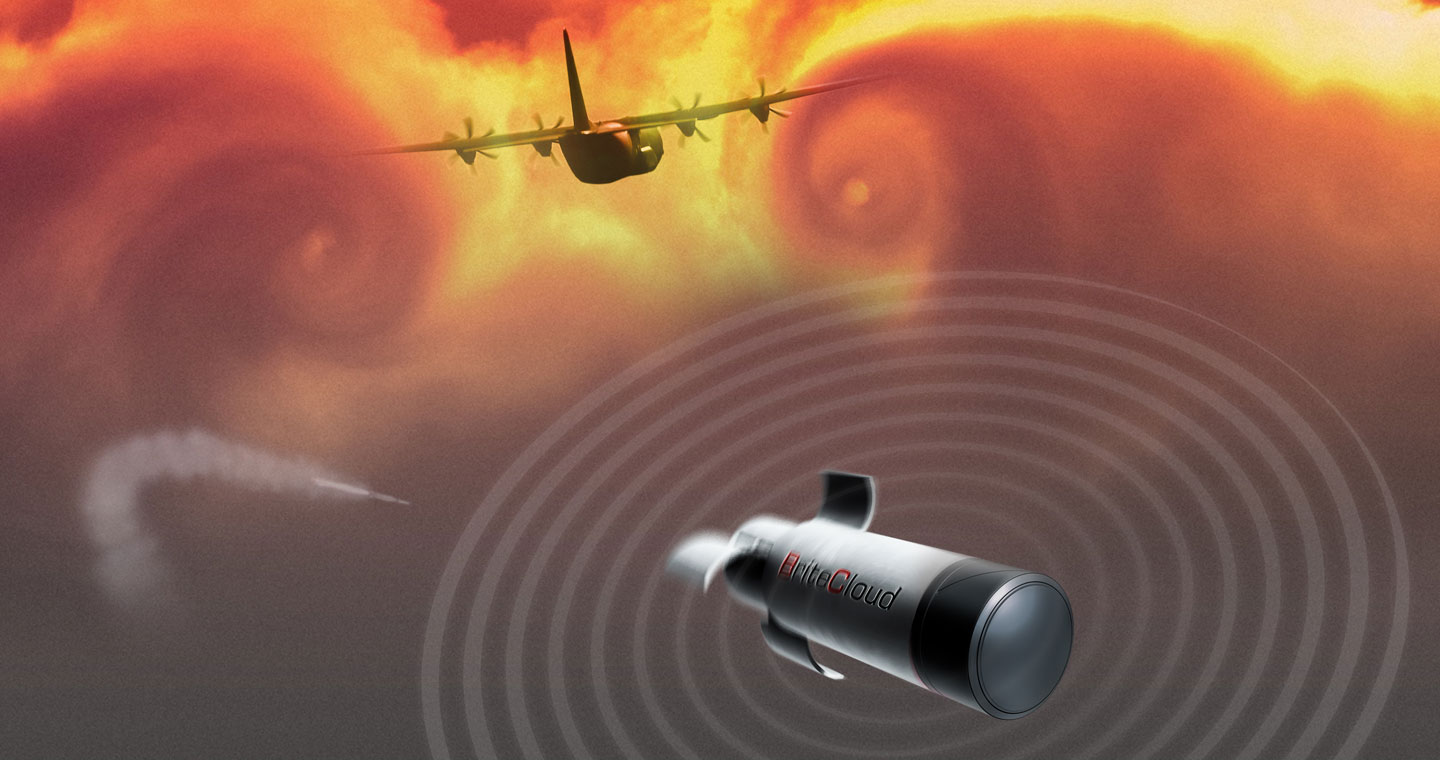
Selex ES provides the BBC with thermal imaging (TI) technology for the first time. Used to film ‘The Great British Year', the technology allows the BBC to film previously unseen footage of nocturnal animal behaviour. The BBC continues to use Leonardo TI to this day, most recently in 2019’s series, “Seven Worlds, One Planet”, presented by Sir David Attenborough.

Miysis DIRCM System is introduced to provide dependable, persistent protection from IR-guided missiles, including advanced, all-aspect Man Portable Air Defence Systems.
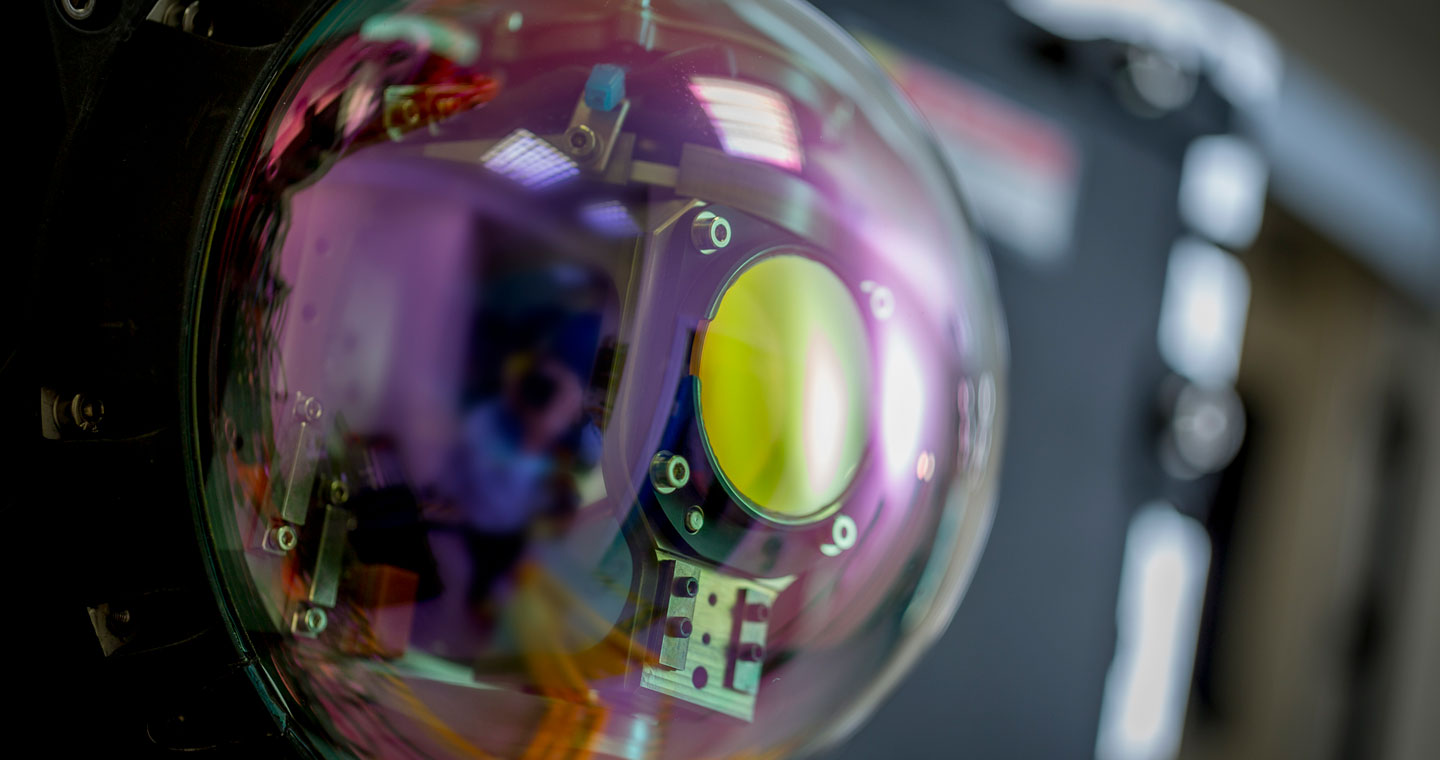
Finmeccanica - Selex ES win a contract to equip Saab’s Gripen E fighters with the Raven Active Electronically Scanned Array radar. Raven is one of the most advanced AESA fighter radars in the world, with a unique wide field of regard which confers immense benefits in air combat.
A new £10m facility is opened open on the Milbrook site, bringing together people from three previously separate sites on the South Coast. This is now Leonardo’s centre of excellence for infrared detectors.
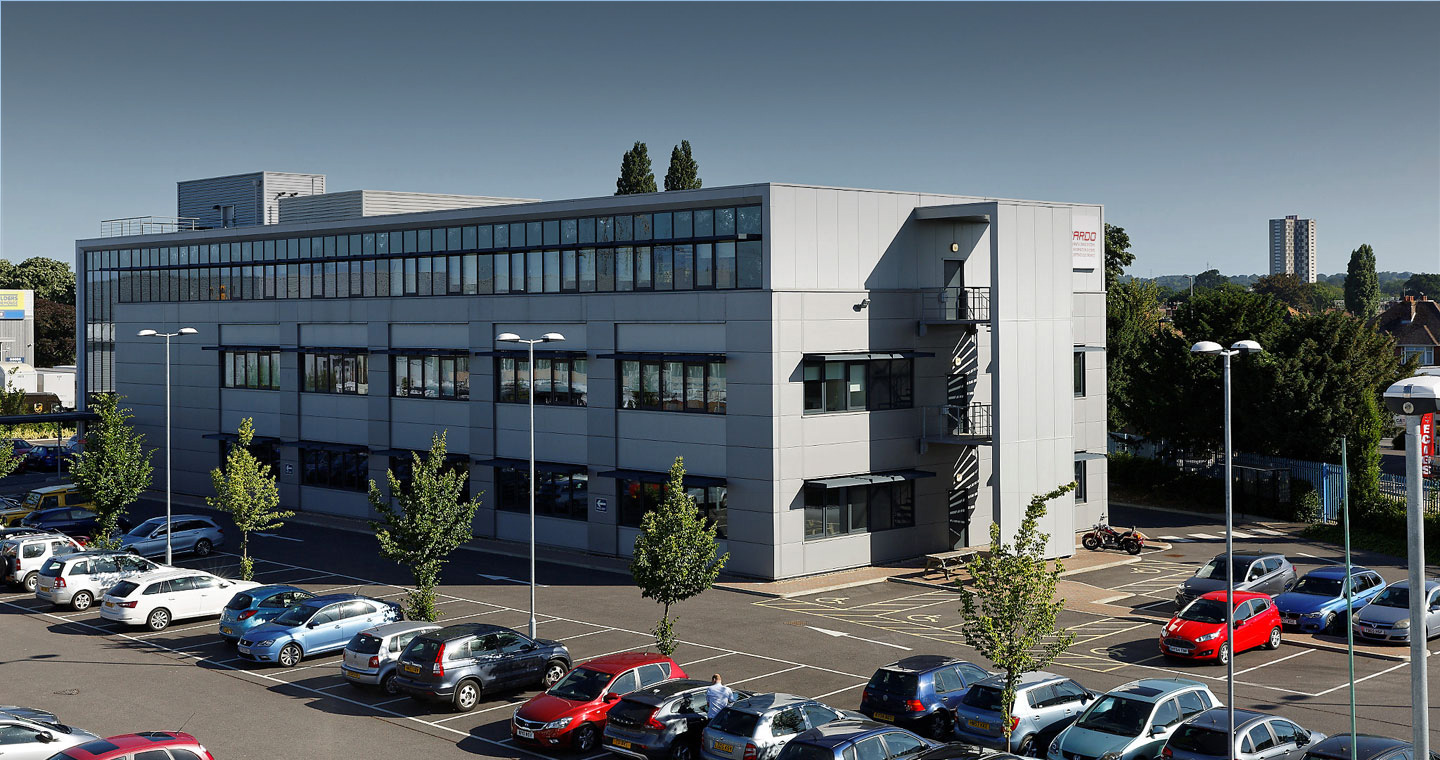
The “One Company” launch sees Finmeccanica absorb the activities of AgustaWestland, Alenia Aermacchi, Selex ES, OTO Melara and WASS, to become a single integrated industrial entity.
The Typhoon Total Availability eNterprise (TyTAN) 10-year support solution is signed. Leonardo is thereby working alongside BAE Systems and the Royal Air Force to deliver the Joint Avionics Solution. This contract stipulates that Leonardo will support all of the Typhoon fleet’s avionics equipment until 2026.
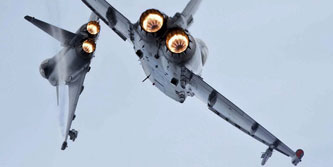
It is announced that from 1 April 2018, Finmeccanica will be rebranded as Leonardo, after the Italian Renaissance polymath of the same name.
Leonardo-Finmeccanica announces a contract to deliver a fleet of AW101s to the Norwegian Ministry of Justice and Public Security for its All-Weather Search and Rescue Helicopter programme. The Norwegian All-Weather SAR AW101 was unveiled during a roll out ceremony held at Leonardo Helicopters’ Yeovil facility.
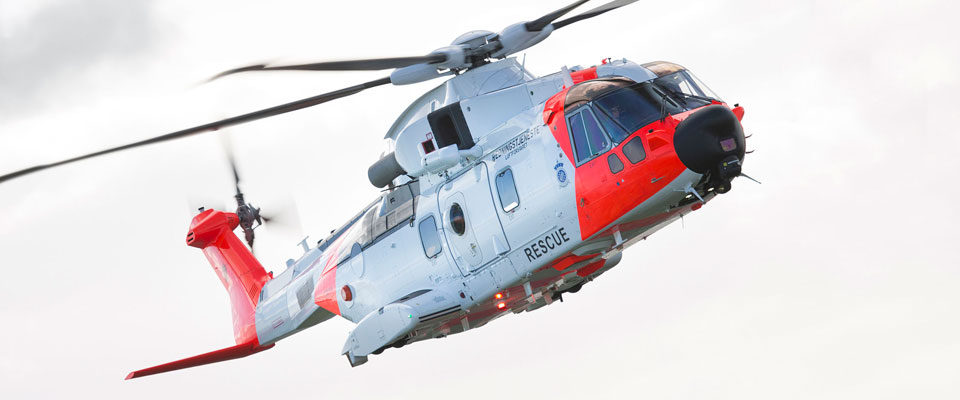
Leonardo in the UK formerly becomes an entity in 2017, building upon the remarkable heritage in the UK and internationally of its acquired predecessors. This period sees the start of the Tempest future air combat programme, with Leonardo being one of four founding partners of Team Tempest.
On 1st January 2017, Leonardo’s UK businesses come together to form Leonardo in the UK. Norman Bone appointed as Chair and Managing Director of the new company, which will offer UK-designed and built aircraft, sensors and integrated systems serving air, land and sea-based customers, as well as cyber security expertise.

In the year that the Royal Air Force celebrates its centenary, Leonardo UK is part of the Team Tempest announced at the Farnborough International Air Show. The partnership comprising the Royal Air Force, BAE Systems, Leonardo, Rolls-Royce and MBDA will lead the development of the UK’s Future Combat Air System due to service from 2035. Both Sweden and Italy later announce their commitment to jointly develop Future Combat Air Systems in 2019.
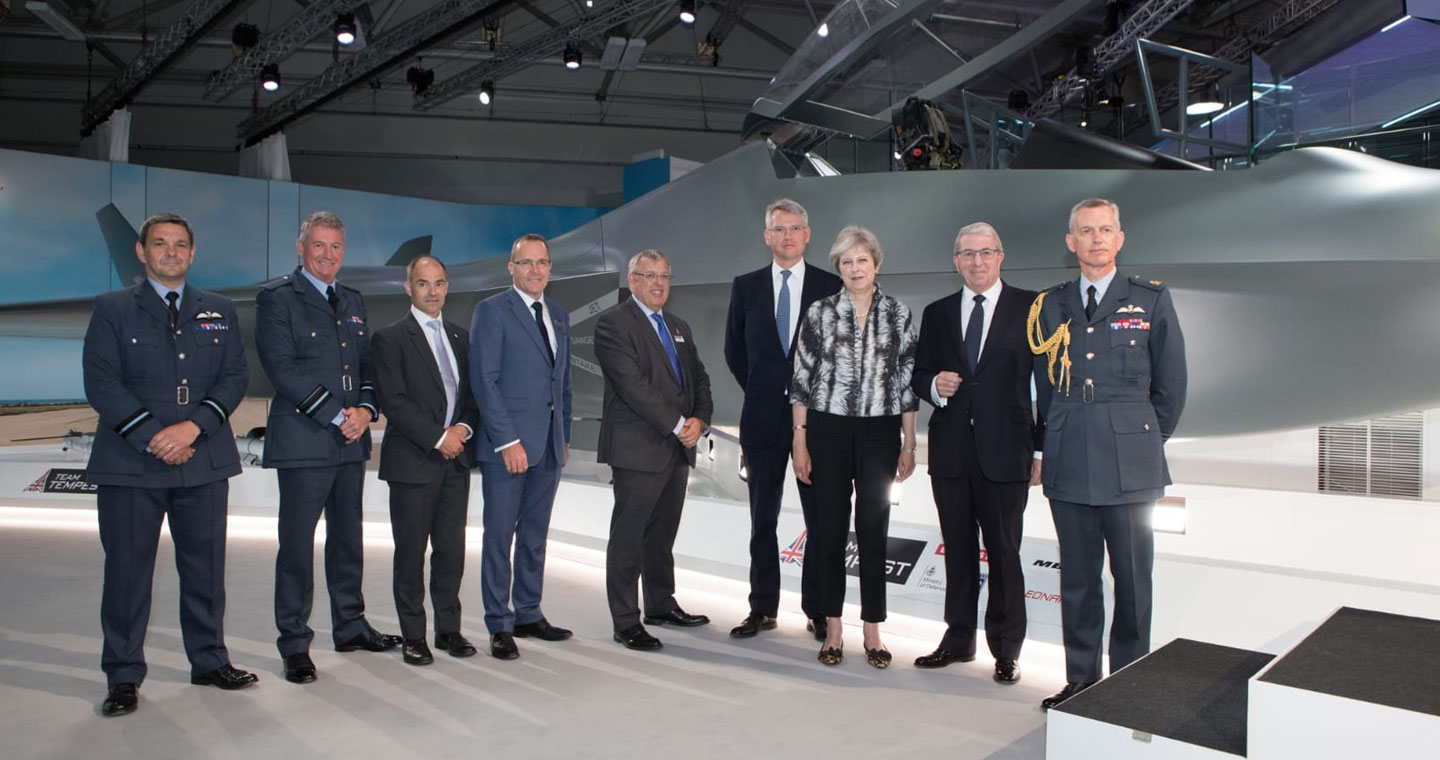
As part of Leonardo’s activities to mark the RAF’s centenary and the achievements of all those who served during its first 100 years, one of its Southampton site’s buildings is renamed Nicolson House in honour of the Wing Commander JB Nicolson, the only Battle of Britain pilot to win the Victoria Cross. Nicholson came under fire in the skies over Southampton and, despite being badly burned and injured, bailed out to safety and landed near the site where Leonardo’s Southampton offices are today.
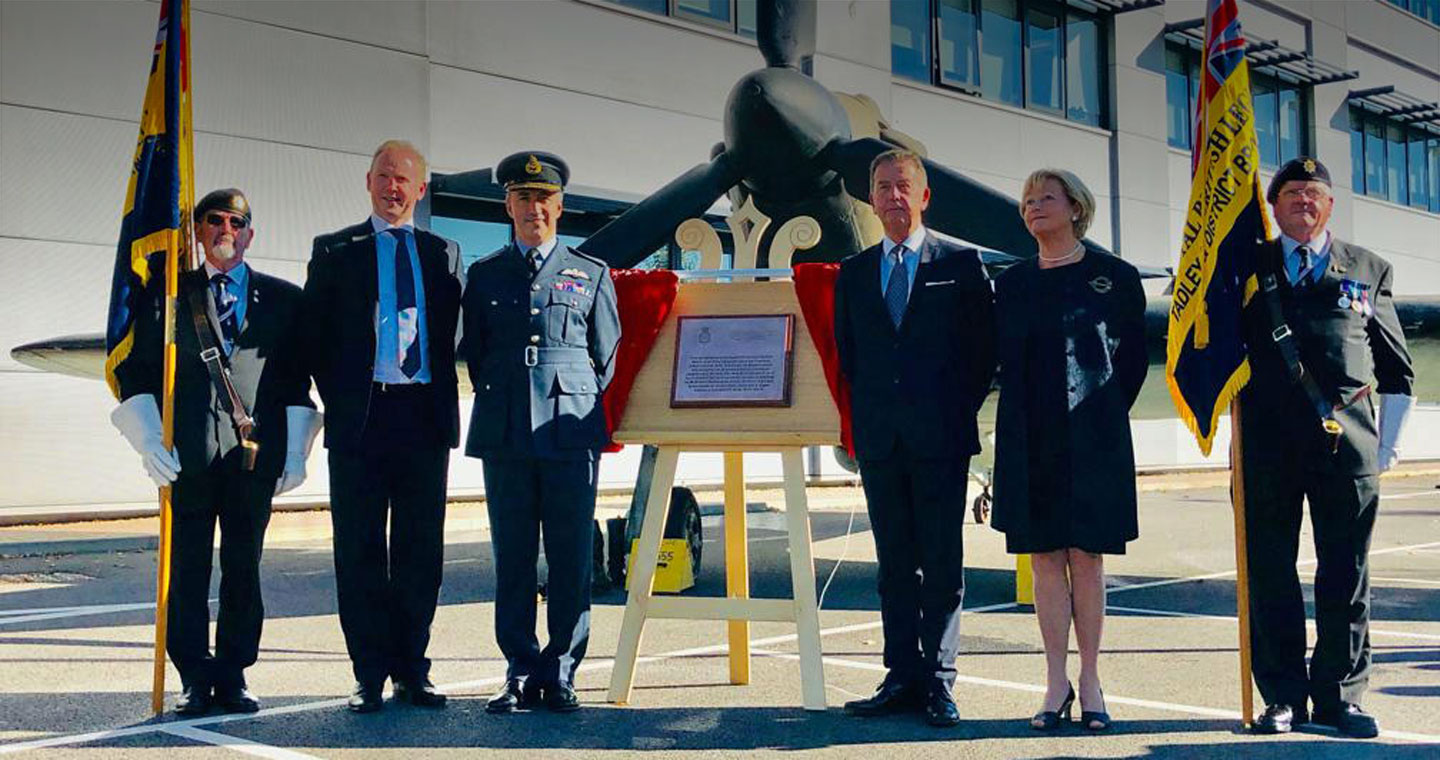
The Leonardo Training Academy opens in Lincoln to educate technical specialists within the Cyber and Electromagnetic Activities domain. The academy allows 150 students to train at any one time, more than tripling the previous capacity at Lincoln, in response to the growing market demand for the skills needed to operate in today’s electronics-driven battlespace.
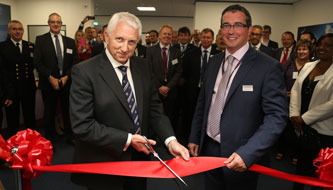
Our Falcon Shield counter-drone system plays a major role in the re-opening of Gatwick airport in time to save Christmas, being deployed and operated by the RAF due to a series of drone scares.
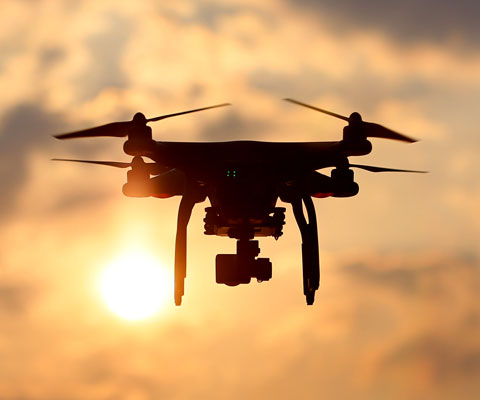
Leonardo announces collaboration with UK and French Space Agencies on new global weather forecasting technology.
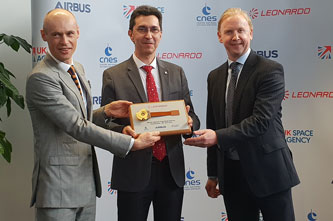
Our first employee-led Network Group, Pride, is formed by LGBTQ+ colleagues and allies. As with subsequent Network Groups, Pride becomes a place for like-minded people to come together, help shape engagement and lead initiatives to foster an inclusive workplace across our sites. The Pride group is followed by Equalise, Carers, Enable, Wellbeing, Ethnicity Inclusion, and most recently, Armed Forces in 2023.
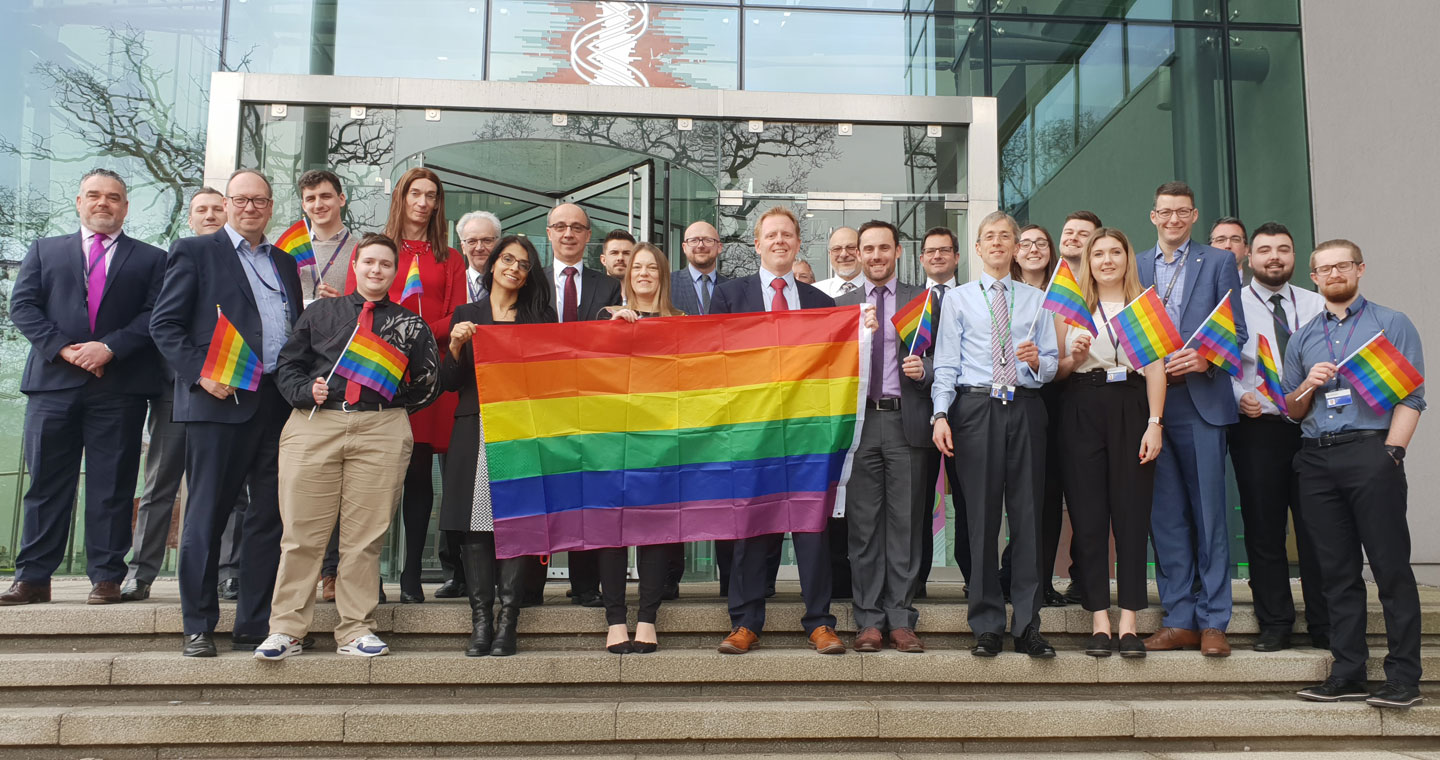
Leonardo, and its consortium partners within EuroDASS, unveil the Praetorian Evolution concept for Typhoon. Praetorian eVo is projected as a significant upgrade of the Eurofighter Typhoon aircraft’s current Defensive Aids Sub System (DASS), and will to equip the aircraft with the capabilities to meet evolving air and surface threats, including networked, layered, Integrated Air Defence Systems (IADS).
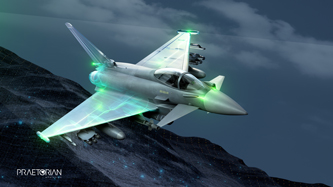
The new company-funded approach allows employees to make choices appropriate for them from an array of options including gym memberships, private medical and dental care, new technology, and bicycles. The scheme later won Best Flexible Benefits Plan at the Employee Benefits Awards 2023.
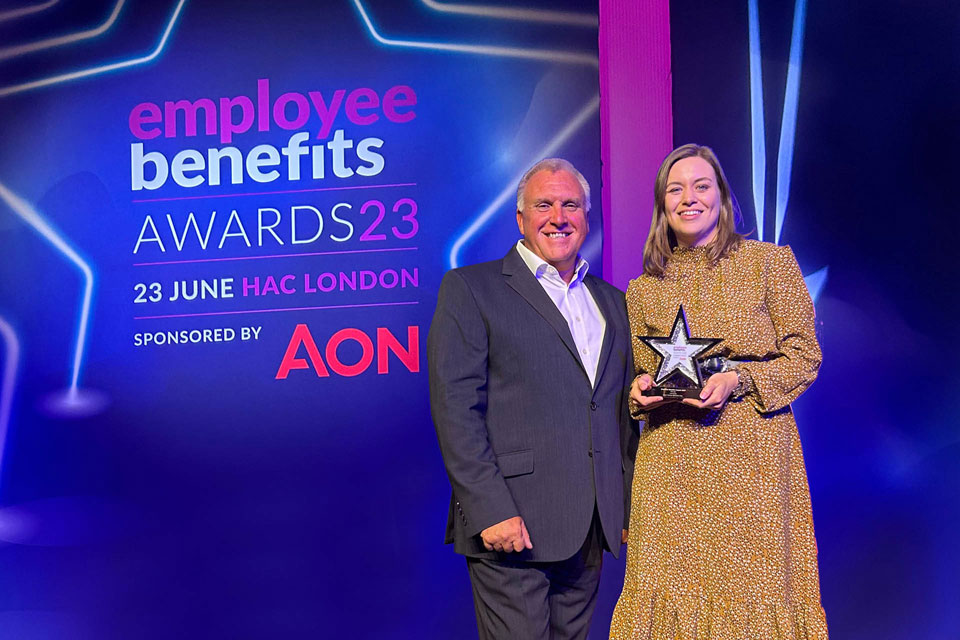
The second of the UK’s new aircraft carriers, it docked in Liverpool to welcome members of the public and display advanced military helicopters, including the AW159 Wildcat and AW101 Merlin, on-board. The Leonardo helicopters will keep watch over the carrier and the surrounding seas, ensuring the ship and its crew are well protected from enemy submarines, surface ships, aircraft and missiles. The HMS Queen Elizabeth, made its maiden voyage in 2019, joined by Merlin helicopters from 820 and 845 Naval Air Squadron.
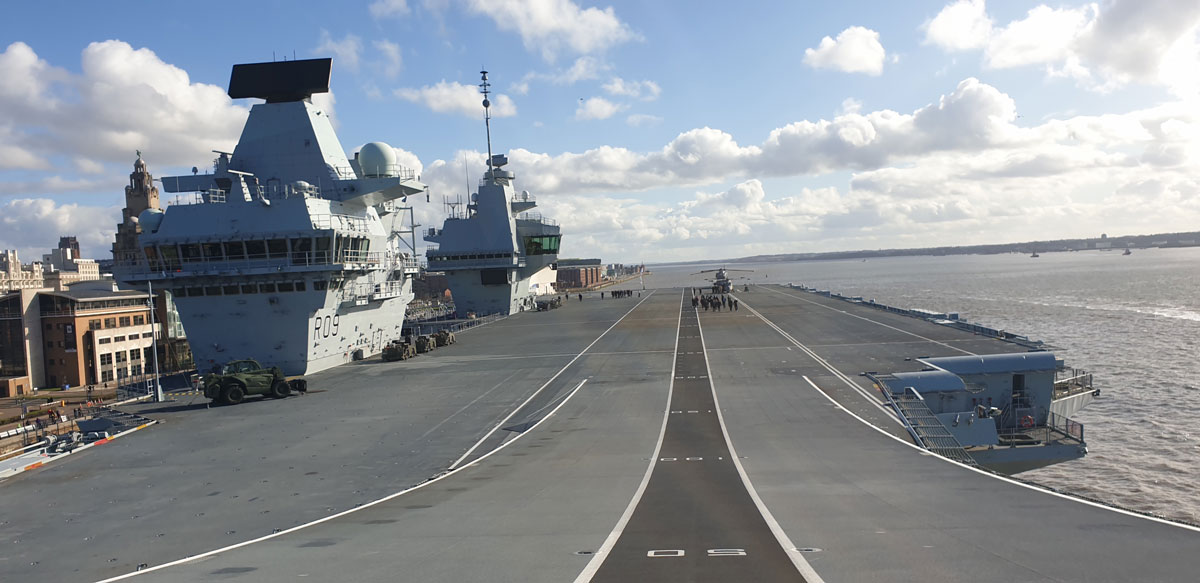
As Covid-19 spreads to the UK, Leonardo supports a range of critical activities in the nation's efforts to fight the pandemic. British Army AW159 helicopters are deployed to cover the South of England during lockdown, our colleagues use Leonardo lab equipment to produce PPE for medical staff and critical workers, and the company introduces Custom Working to keep essential national programmes running. With some colleagues – classed by the UK Government as ‘essential workers’ – continuing to work on site with precautions, and many others adapting to working from home for the first time, the MOD congratulates Leonardo on keeping our people safe while supporting the defence needs of the nation.
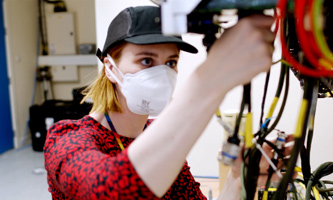
Leonardo is awarded a contract to develop the next generation of radar for the Royal Air Force's (RAF) Eurofighter Typhoons alongside BAE Systems. The ECRS Mk2 multi-functional array (MFA) will give UK Typhoons a world-leading Electronic Warfare capability, in addition to traditional radar functions, including wide band Electronic Attack.
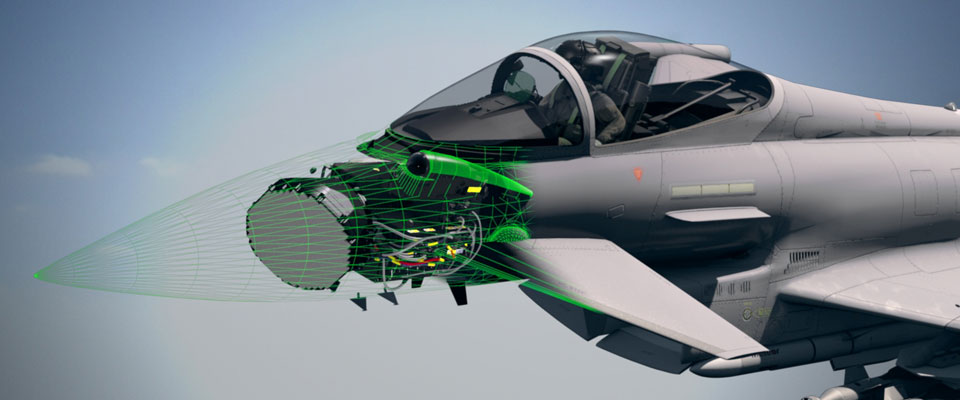
Leonardo is selected by the Royal Air Force to support next stage of counter-drone R&D programme, based on the company’s sector expertise. The study results in the RAF’s ORCUS counter-drone system, which Leonardo delivers for the Synergia research and development programme, to be used also as a national standby capability in support of Emergency Services. Our counter-drone technology is then operated by the RAF during the G7 summit in Cornwall.
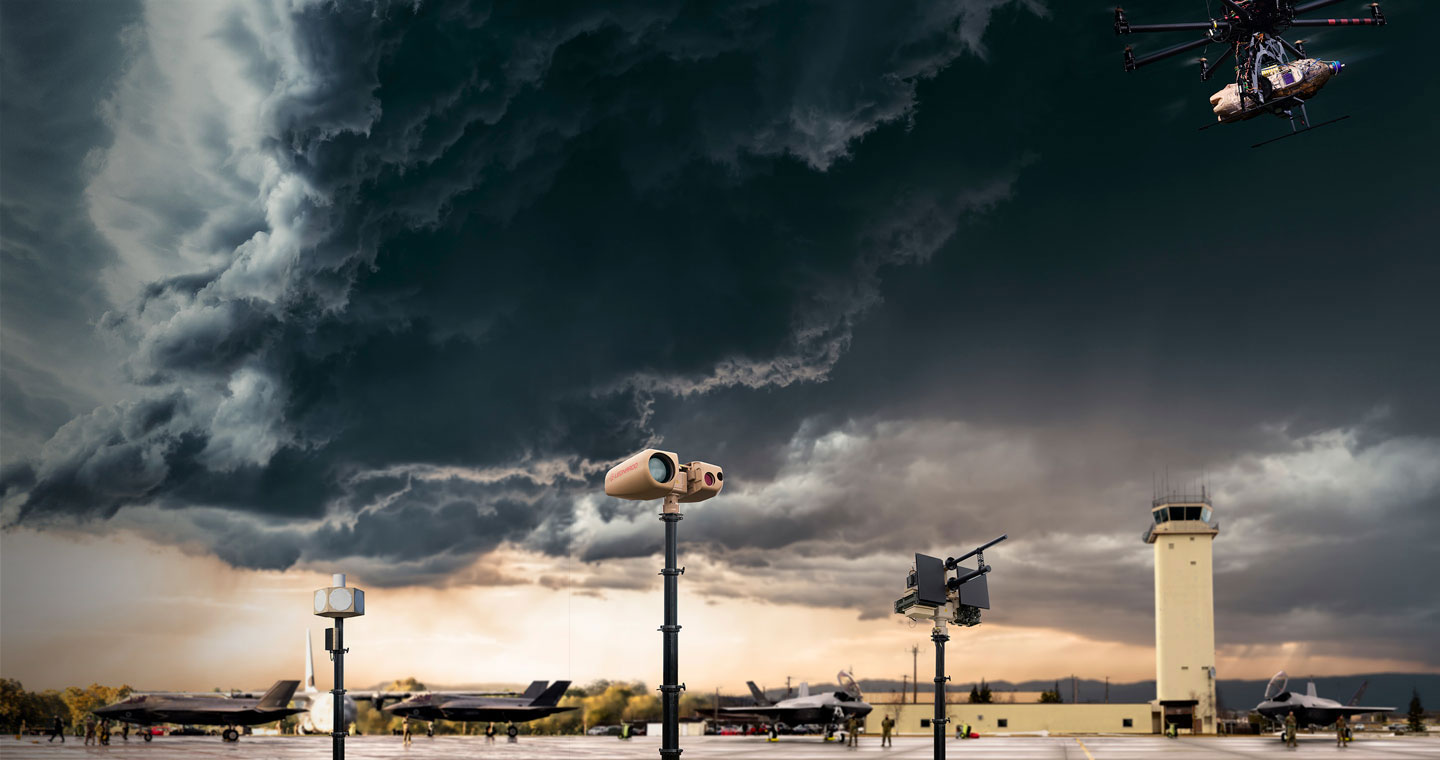
Leonardo experts in the UK reveal that they are developing new radar technology capable of providing over 10,000 times more data than existing systems, as the Team Tempest electronics lead. The new ‘Multi-Function Radio Frequency System’ will collect and process unprecedented amounts of data on the battlespace – equivalent to the internet traffic of a large city, every second.
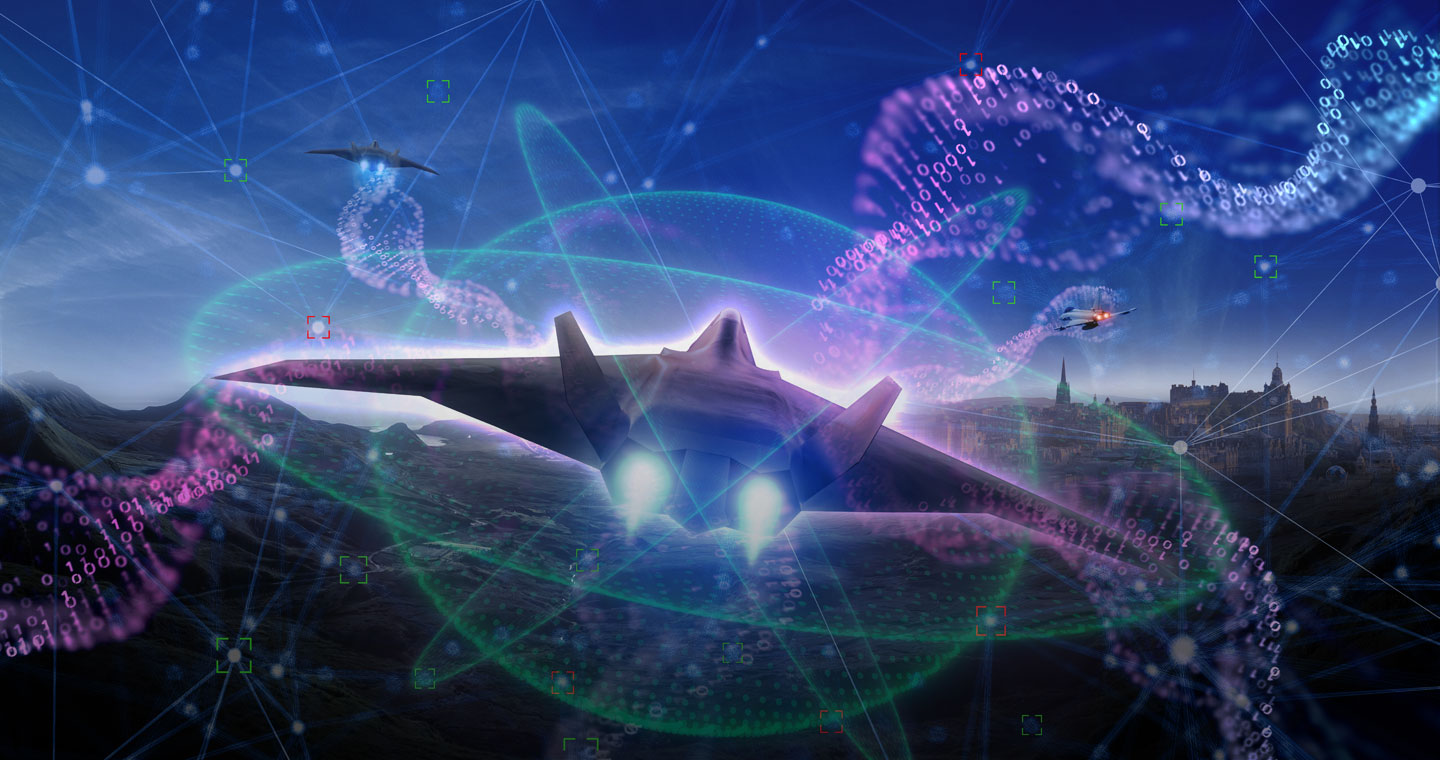
A UK first for seamless integration of a UAV into a helicopter’s mission system, this allows a helicopter crew to control a UAV from the cockpit as if it was one of the aircraft’s on-board sensors, which can significantly increase the situational awareness of the helicopter crew.
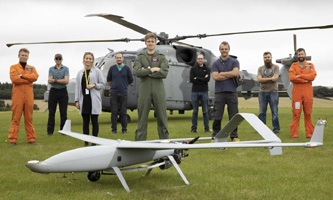
Leonardo reveals the first members of Team AW149 UK - the onshore supply chain behind the AW149 military helicopter – at DSEI 2021. Featuring more than 70 companies from across the UK, the AW149 supply chain represents a cross-section of the best in British engineering and manufacturing. The announcement comes as Leonardo officially puts forward the AW149 for the UK government’s New Medium Helicopter requirement.
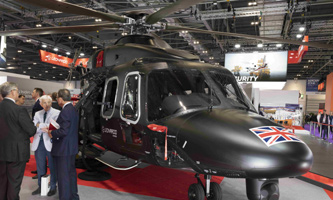
The £10m aerospace centre, located next-door to our Yeovil site, is dedicated to innovation, collaboration and sustainable aviation. Led by Somerset County Council, the project demonstrates continuing commitment to the aerospace industry and underlines its importance to the economy of the South West.
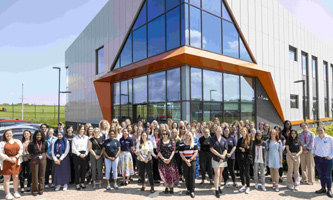
Awarded to employees at our Edinburgh site due to the ingenuity of Leonardo’s infrared countermeasure technology, this is one of the final Queen’s Awards to be bestowed before the passing of HM Queen Elizabeth II.
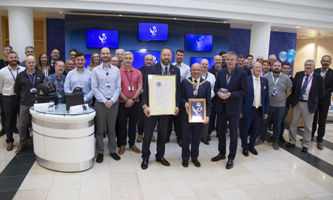
Leonardo launches a data-driven approach to design and manufacturing at its electronics sites across the UK, with the aim to accelerate development and cut costs when building advanced technology.

Leonardo, leading a team of UK SMEs (“Team Endure”), is awarded a £41m contract to equip British Army personnel with digital protection against remotely-triggered bombs. The technology is to be deployed when Army specialists respond to civil emergencies around the UK in support of the police and other civil authorities.
Built in Yeovil, our AW101 helicopter shows off its rescue credentials in the final instalment of blockbuster dinosaur series, Jurassic World. Starring in its All-Weather Search and Rescue configuration, this AW101 helicopter can more often be found flying over Norway than Hollywood.
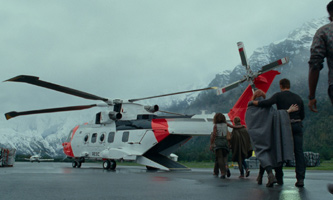
A report by the Purpose Coalition reveals that careers in fighter jet and helicopter technology are propelling improvements in social mobility across the UK. It highlights a 50% expansion in Leonardo's UK-wide early careers intake as providing life-changing opportunities for young people.
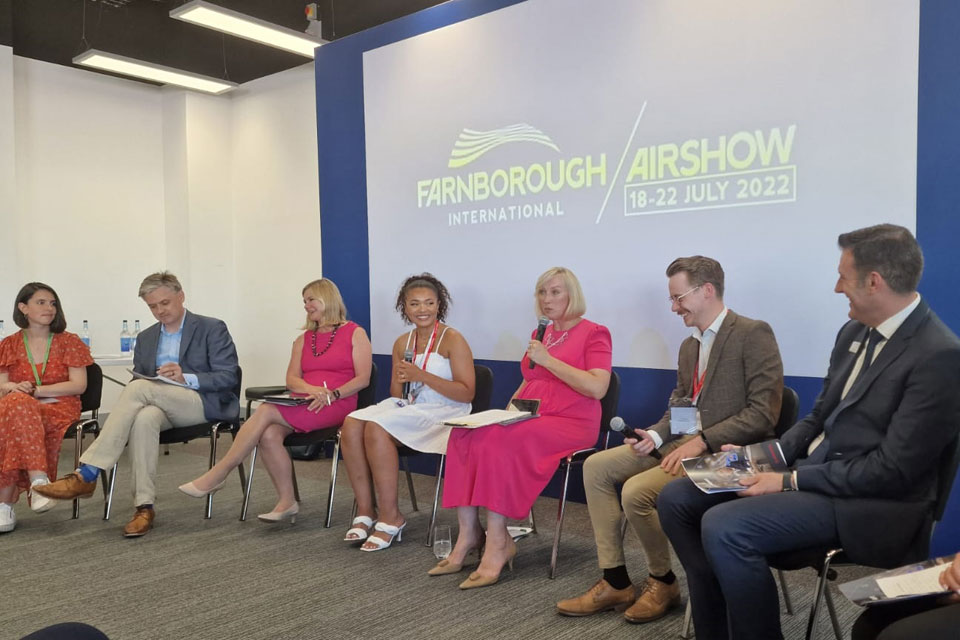
At the Farnborough International Airshow, the UK MOD, Leonardo UK, Thales UK and Chemring Countermeasures announce the formation of Team Pellonia – a collaborative approach to delivering next-generation air survivability solutions. The team will ensure that UK armed forces’ air platforms have access to the best possible protective equipment while maintaining strategic skills and capabilities onshore.

The Governments of Japan, Italy and the UK jointly announce that they will develop a common fighter jet as part of a Global Combat Air Programme (GCAP). The UK’s sovereign industry partners, under Team Tempest (BAE Systems, Leonardo UK, MBDA UK, Rolls-Royce, UK MOD) announce that they will support the significant endeavour. Leonardo is unveiled as a GCAP industrial partner, representing Italy as a national industry lead alongside BAE Systems (UK) and Mitsubishi Heavy Industries (Japan).
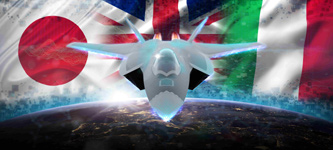
Clive Higgins accepts the role of ad interim Chair and CEO for the UK. He originally joined the company as an apprentice at our Yeovil site in 1994, eventually working in several senior roles across the business and becoming a member of the Leonardo UK leadership team.

Leonardo becomes the first major defence company in the UK to move to the secure cloud, which will enable closer working relationships with customers and partner companies, and drive data exploitation across UK Defence.

We re-sign the Armed Forces Covenant, as Leonardo for the first time, as we consolidate our support and confirm our long-standing commitment to the UK Armed Forces Community.
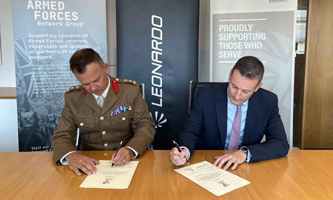
The town of Yeovil is officially recognised as the ‘Home of British Helicopters’. As part of the festivities, colleagues based at our helicopters facility are joined by representatives from local government, UK MOD, members of our supply chain, community partners and media for a series of speeches and fly-overs.
Celebrating over 115 years of aviation heritage in the area, signage featuring Yeovil’s new sobriquet is placed at all key entry routes into the town, showing the support and pride for our company’s legacy.
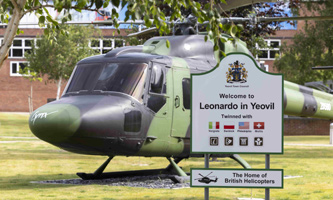
Leonardo and the UK MOD showcase a concept of the Rotary Wing Uncrewed Air System (RWUAS) Technology Demonstrator Programme (TDP) at DSEI 2023.
Known as project 'Proteus' by the British Armed Forces, the design highlights conceptual maturity for uncrewed vertical take-off and landing (VTOL) aircraft. The technology demonstrator’s mission systems and mission modules will ensure rapid role changes for frontline commands, including naval and land forces, with mission flexibility during embarked operations.
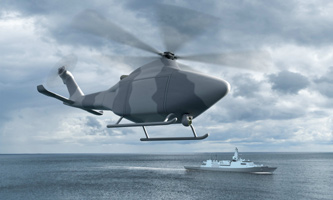
Leonardo opens its 8th UK site in Newcastle. The defence technology research site will create at least 200 high-value jobs in the North East, with engineers working on projects including AI research and development of advanced electronics and helicopter products.
Clive Higgins, Leonardo UK Chair and CEO, joins the Rt Hon. Justine Greening and the Lord Mayor of Newcastle to unveil a plaque during the official opening for community, government and industry leaders.
